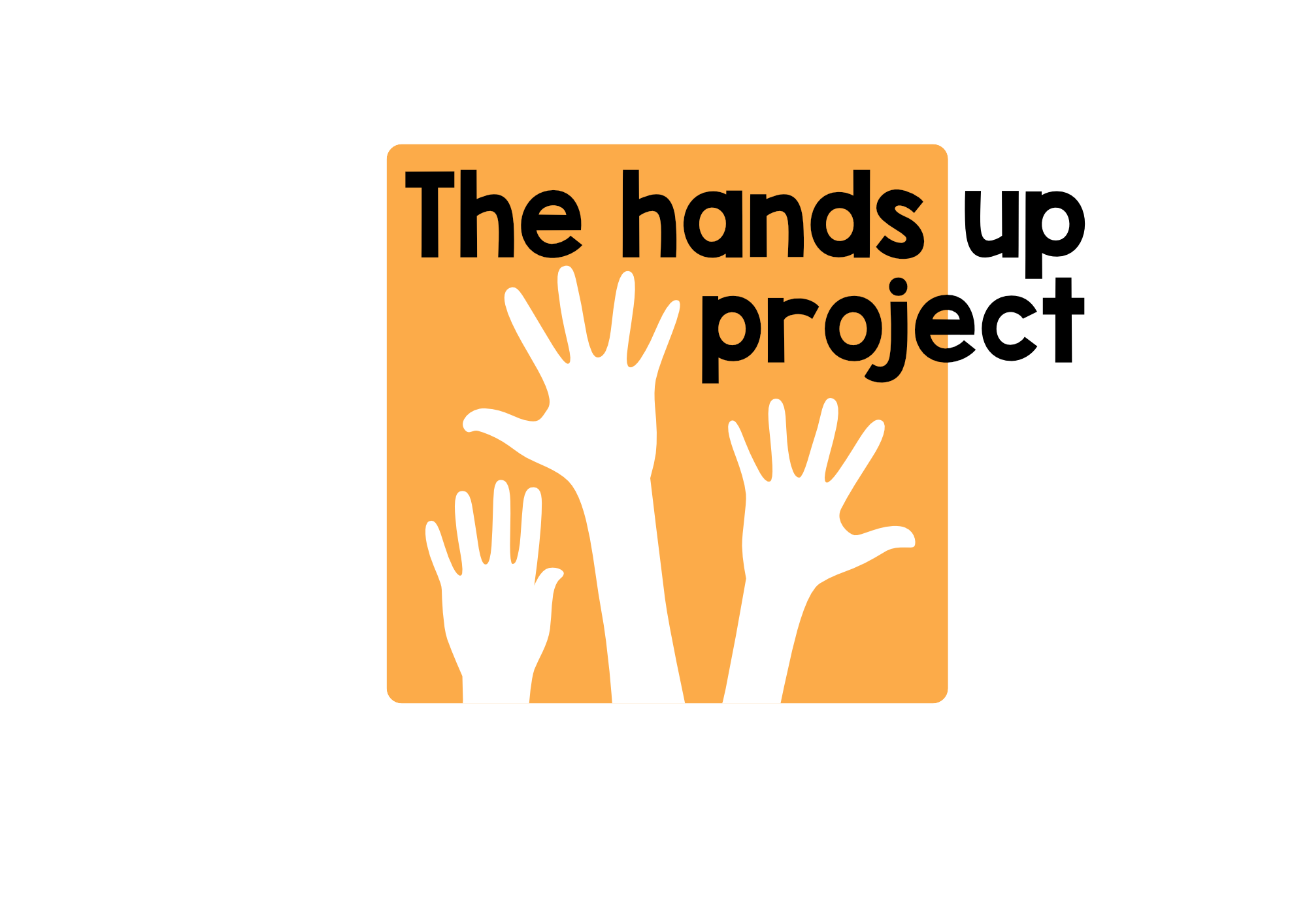The (second language) play's the thing
Hamlet: I'll have grounds more relative than this—the play's the thing wherein I'll catch the conscience of the King.
Hamlet Act 2, scene 2, 603–605
When Hamlet spoke those lines he was thinking about the power of the play from the perspective of the audience. He decided to put on, 'The murder of Gonzago' (the play within the play in Hamlet) because the plot had similarities with the actual murder of his father. Suspecting that his uncle, Claudius, was guilty of the murder, he wanted to observe Claudius watching the play to see if he could detect his conscience being stirred. In contrast, when we do a play with learners of English as a foreign language, we’re focusing principally on what the participants can get out of the experience rather than the audience. As the acclaimed drama in education expert, Dorothy Heathcote, put it (Wagner 1999), 'The difference between theatre and classroom drama is that in theatre everything is contrived so that the audience gets the kicks. In the classroom, the participants get the kicks.'
So how can second language learners benefit from performing in a play?
Play scripts are ready-made, coherent and cohesive texts, where grammar, vocabulary and chunks of language are used meaningfully, naturally and in context. Unlike many coursebook practice activities which focus on language items in isolation, scripts are more holistic, connecting vocabulary and grammatical structures together through thematic links, rather than semantic ones. Research into how our brains work suggests that language presented in this way is more memorable.
Most learners prioritise the learning of spoken language over written language. However it's notoriously difficult for learners to notice the features of spoken language since speech, unlike writing, exists in its own time frame, rather than the time frame of the listener. Once words have been spoken, unless they are recorded in some way, they simply disappear. Scripts are spoken language written down, and therefore they provide the best of both worlds.
Of course, we express ourselves and our ideas not just through the words that we use. Communication is a whole body experience and we also create meanings with facial expressions, with gestures and with physical movements. When performing a play it's important to include all of these features, alongside and in conjunction with language, in order to make the play realistic. Incorporating physicality helps us to remember the lines for performing the play, but it also helps the language to stick in long term memory long after the play has taken place.
It's not what you say it's the way that you say it! A lot of meaning is carried through pronunciation, but it's hard to get this point across to learners when spoken language is practised in isolation, and without a wider context. When practising the lines of a play, as teachers we can discuss with the learners different ways of saying the lines and the impact that this has. More importantly they can feel it themselves through other people's reactions to what they say.
Practising and performing a play provides the perfect combination of very controlled and very free language use. Learning the lines involves lots of repetition of a model of natural English, but at the same time there is the potential for plenty of freer discussion around how to say the lines, how to block the scene and whether to use costumes etc. Both of these types of language use are necessary in order to develop fluency. As well as this it can be very useful to involve an element of improvisation in to the process of learning lines itself. If the script is sometimes taken away and learners improvise using whatever language they have available to them it helps them to both remember the lines and to connect what they are saying to themselves.
In order to learn any new word, chunk of language or grammatical structure, learners need to practice it lots of times. A few hours of English a week isn't really enough time for this practice to be effective, so learners need to take it away with them and do it in their own time. As teachers we want them to be turning new language over in their minds at any opportune moment. Getting ready to perform a play can provide the level of practice needed in a much more meaningful way than the coursebook can usually offer - not just practice for the sake of it, but practice to make the most accomplished performance possible.
Sometimes in ELT methodology we tend to shy away from the idea of performance. We avoid putting learners on the spot and incorporate plenty of pair and group work so that learners feel safe and unthreatened. This is all very well and can certainly help to build learners confidence, but in my opinion so too can incorporating a performance stage. There is a big difference of course between performing something when you are unprepared, and performing when you've got to the point where you feel comfortable about what you are doing. In fact for many learners it is the performance stage which provides the challenge they need in order to make real progress.
So here are a group of students at Asma’ Prep Girls A, UNRWA school, Gaza, rising very well to this challenge. They’re performing a modernised and simplified version of the traditional Palestinian story, The Farmer who followed his dream.
And here's another one, performed by girls at Elementary co-ed “A” UNRWA school in Beit Hanoun, Gaza. They're doing the Aesop's fable, The Tortoise and the Hare.
We now have lots of videos on YouTube of children in Gaza performing stories from the Stories Alive material. Congratulations to all of you for the wonderful performances and congratulations to your teachers for providing the time for this when I know you've all been busy getting ready for the end of year exams.
